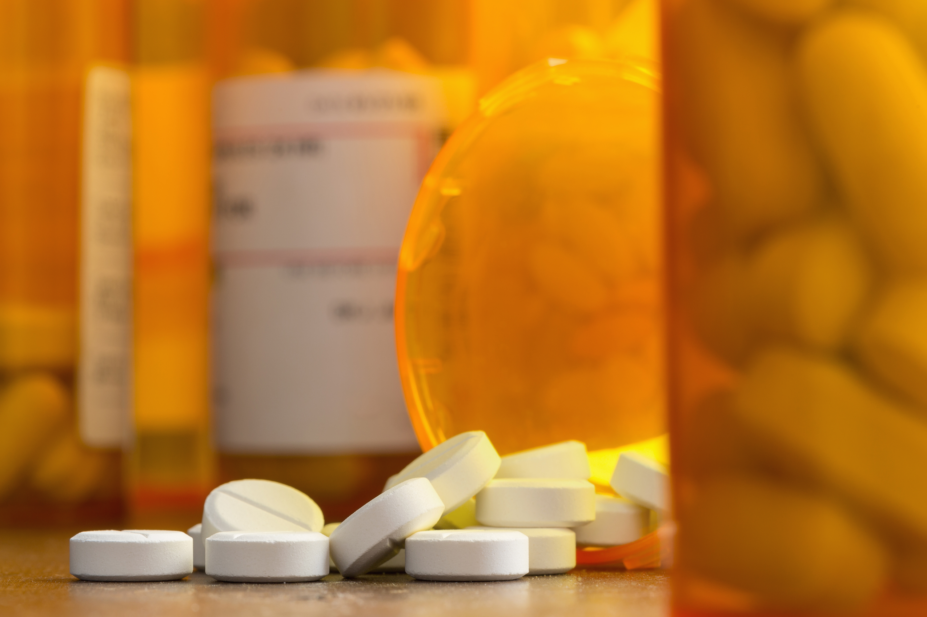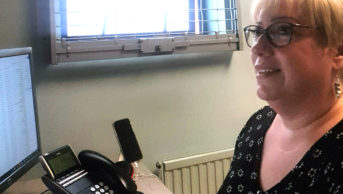
Shutterstock.com
Community pharmacies could be used as an outlet to boost the supply of take-home naloxone, a drug used to block the effects of opioids for individuals who are most in need, according to guidance from Public Health England (PHE), developed with the Local Government Association.
The guidance, which is aimed at local commissioners and service providers, highlights recent concerns about the arrival of potent opioids into the illicit drug market in the UK, such as fentanyl. It provides advice for local areas on how they can prepare for and respond to incidents involving potent opioids with the aim of minimising their potential future impact.
Graham Parsons, chief pharmacist at Turning Point, a social enterprise that supports people with substance misuse issues, mental health problems and learning disabilities, said that, in order to respond appropriately to overdose, users should carry naloxone at all times.
“Naloxone can be supplied from local drug services [and] in some areas of the country, provision of naloxone through community pharmacies is also available.
“If it is not in your local area then local pharmaceutical committees may want to explore this with local commissioners and drug service providers,” he added.
Alongside the guidance, PHE supplied a spreadsheet showing how much naloxone should be provided in local areas based on a continuation of the current trend and a more extreme “worst case” scenario.
The guidance also suggests that local areas and services should select and adapt safer drug use messages, mainly to communicate with those who inject opioids, and incorporate them into other communications with front line services such as community pharmacies and hospital emergency departments.
These messages are laid out in the guidance and include advice such as “drug supplies change – best test first “and “look out for your mates” as well as guidelines on recognising the signs of overdose and how to use naloxone in a potential emergency situation.
“Pharmacies are in a prime position to educate drug users about the scale of any local problem and working with the local drug and alcohol services to provide safer drug use messages,” said Parsons.
“These may include moving to smoking rather than injecting and ensuring that users can recognise an overdose and respond appropriately.”
Parsons added that treatment with an opioid substitution treatment remains one of the most effective evidence-based interventions to reduce drug related deaths.

